Articles
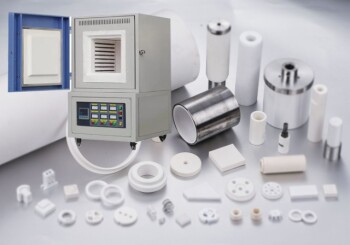
Muffle Furnace: Unraveling the Secrets of Uniform Heating and Controlled Atmosphere
1 year agoDiscover the intricacies of a muffle furnace, an indispensable tool for material processing and analysis. Learn about its working principle, applications, types, features, and benefits, empowering you to make informed decisions for your laboratory or industrial needs.
Learn More
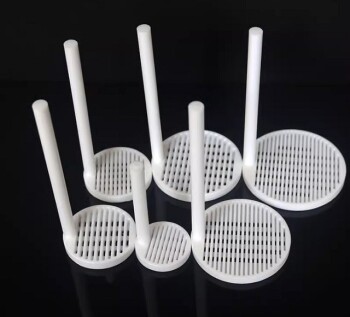
Versatile Applications of PTFE Cleaning Racks: Enhancing Laboratory Efficiency and Precision
1 year agoDelve into the diverse applications of PTFE cleaning racks in laboratory settings. Discover how these essential tools optimize cleaning processes, enhance precision, and contribute to overall laboratory efficiency and accuracy.
Learn More

Unveiling the Exceptional Properties and Applications of Optical Quartz Plates
1 year agoDiscover the remarkable characteristics and diverse applications of optical quartz plates, including their superior ultraviolet transmission, thermal stability, and use in lenses, lighting devices, and semiconductor manufacturing.
Learn More
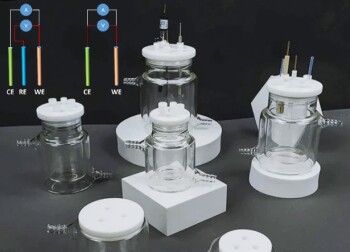
Electrochemical Consumables: A Comprehensive Guide to Materials, Applications, and Selection
1 year agoDiscover the world of electrochemical consumables, including types of electrodes (working, auxiliary, and reference) and electrolytes, as well as factors to consider when selecting materials for your electrochemical experiments or applications.
Learn More

Vacuum Induction Melting Furnace vs Arc Melting Furnace: Choosing the Right Equipment for Your Process
1 year agoLearn about the key differences between vacuum induction melting furnaces and arc melting furnaces, including their advantages and applications, to help you choose the best equipment for your specific needs.
Learn More

Electric Rotary Kiln Pyrolysis Furnace: A Comprehensive Guide to Pyrolysis Technology
1 year agoDiscover the principles, applications, and advantages of electric rotary kiln pyrolysis furnaces. Explore various heating methods, factors affecting efficiency, and the environmental benefits of this technology.
Learn More
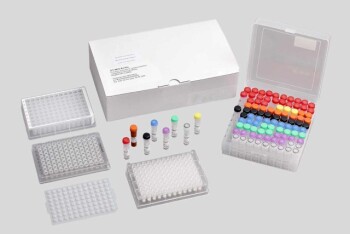
Automatic Hydraulic Press: The Ultimate Guide for Efficient Sample Preparation and Industrial Processes
1 year agoDiscover the world of automatic hydraulic presses, from their versatile applications in industrial XRF and laboratory sample manipulation to their role in large-scale manufacturing, hot embossing, laminating, and polymer melting. Learn about their benefits, features, and how they revolutionize sample preparation and industrial processes.
Learn More
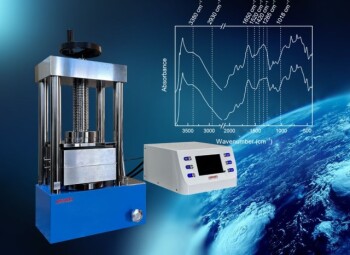
Unveiling the World of Heated Lab Presses: A Comprehensive Guide
1 year agoDiscover the versatility of heated lab presses in various applications, from sample preparation to material testing. Explore key factors to consider when purchasing a lab press, including pressure, temperature, platen size, and control options.
Learn More
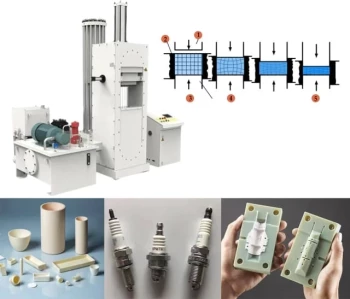
Understanding Cold Isostatic Pressing: Application, Advantages, and Limitations
1 year agoCold Isostatic Pressing (CIP) is a widely used manufacturing process in various industries, including ceramics, metalworking, and pharmaceuticals. It involves applying equal pressure from all directions to a material placed inside a flexible mold or bag. This process helps in achieving uniform density and shaping complex components with intricate geometries.
Learn More
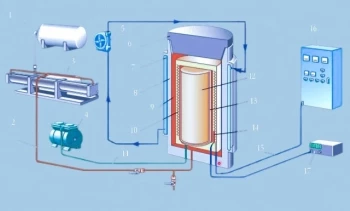
Understanding the Principles and Applications of Isostatic Pressing
1 year agoIn this process, the powder is filled in a mold and sealed tightly. This occurs outside the pressure vessel. After filling the mold with powder, the mold is submerged in the pressure fluid within the pressure vessel. Then isostatic pressure is applied to the external surface of the mold, compressing the powder into a solid mass.
Learn More

Isostatic Pressing: Methods, Applications and Comparison with Other Compaction Methods
1 year agoIsostatic pressing is a compaction method that offers unique advantages in achieving uniform density and creating complex shapes. Unlike other compaction methods, isostatic pressing utilizes flexible molds to reduce friction and allow for intricate designs.
Learn More

Comprehensive Overview of Warm Isostatic Press and Its Applications
1 year agoWarm isostatic pressing (WIP) is a variant of cold isostatic pressing (CIP) that includes a heating element. It employs warm water or a similar medium to apply uniform pressure to powdered products from all directions. WIP is a cutting-edge technology that enables isostatic pressing at a temperature that does not exceed the boiling point of the liquid medium.
Learn More
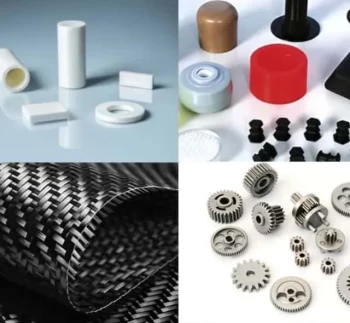
Understanding the Isostatic Pressing Process: Origins, Types, and Applications
1 year agoThe isostatic pressing process was pioneered in the mid-1950s and has steadily grown from a research curiosity to a viable production tool. Many industries apply this technique for consolidation of powders or defect healing of castings.
Learn More
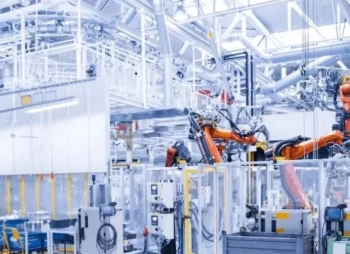
Warm Isostatic Pressing: An Advanced Manufacturing Technology
1 year agoWarm Isostatic Pressing (WIP) is a cutting-edge technology that enables isostatic pressing at a temperature that does not exceed the boiling point of the liquid medium. It is a variant of cold isostatic pressing (CIP) that includes a heating element.
Learn More

Understanding Cold Isostatic Pressing and Its Applications
1 year agoCold isostatic pressing (CIP) is a method of processing materials. It involves compacting powders by enclosing them in an elastomer mold and applying uniform liquid pressure to compress the mold. This results in a highly compact solid. Cold isostatic pressing is commonly used for plastics, graphite, powdered metallurgy, ceramics, sputtering targets, and other materials.
Learn More

Determining Optimal Pressure for XRF Pellet Pressing
1 year agoThe process of XRF pellet pressing involves applying pressure to a sample to create a solid pellet that can be analyzed by an X-ray fluorescence (XRF) spectrometer. Optimal pressure is crucial for achieving accurate and reliable results in XRF analysis.
Learn More

Understanding Isostatic Pressing in Powder Metallurgy
1 year agoIsostatic pressing is a powder processing technique that uses fluid pressure to compact the part. It involves placing metal powders in a flexible container, which acts as the mold for the part. Fluid pressure is then exerted over the entire outside surface of the container, causing it to press and form the powder into the desired geometry.
Learn More

Understanding Isostatic Pressing: Cold and Hot Techniques
1 year agoIsostatic pressing is a powder processing technique that uses fluid pressure to compact the part. It involves placing metal powders in a flexible container, which acts as a mold for the part. Fluid pressure is exerted over the entire outside surface of the container, causing the powder to be formed into the desired geometry. Unlike other processes that exert force on the powder through an axis, isostatic pressing applies pressure equally from all directions.
Learn More

Dilution Ratios for XRF Pelletising Finding the Optimal Balance
1 year agoXRF analysis is a powerful technique used by researchers and scientists to determine the elemental composition of various materials. One of the most crucial steps in XRF analysis is the preparation of samples for analysis, which often involves creating pellets from powdered samples.
Learn More

Understanding Cold Isostatic Pressing (CIP) and Its Advantages
1 year agoCold Isostatic Pressing (CIP) is a unique technique used in the manufacturing industry for compacting and shaping materials. It involves subjecting a material to uniform pressure from all directions, resulting in a highly dense and uniform product. CIP is particularly useful for machining and metal forming tools, as well as for large parts that don't require high precision.
Learn More

Understanding Isostatic Pressing: Process, Benefits, Limitations, and Applications
1 year agoIsostatic pressing is a manufacturing process that offers numerous benefits and applications in various industries. It involves subjecting a material to equal pressure from all directions to achieve uniform density and shape. This method is particularly advantageous compared to other production techniques.
Learn More

Everything You Need to Know About FTIR Pellet Press
1 year agoFourier Transform Infrared (FTIR) spectroscopy is a non-destructive analytical technique used to identify and quantify the chemical composition of a sample. FTIR pellet presses are used to prepare solid samples for FTIR analysis by compressing them into pellets.
Learn More

Understanding Cold Isostatic Pressing (CIP) and Hot Isostatic Pressing (HIP) in Powder Metallurgy
1 year agoCold Isostatic Pressing (CIP) and Hot Isostatic Pressing (HIP) are two powder metallurgy techniques used to produce dense and high-quality metal components.
Learn More
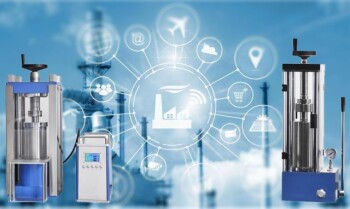
Exploring the Applications of Isostatic Pressing
1 year agoIsostatic pressing is a powder metallurgy technique that applies equal pressure from all directions to a compacted powder. There are two types of isostatic pressing: cold isostatic pressing (CIP) and hot isostatic pressing (HIP). CIP uses pressure at room temperature, while HIP applies heat and pressure to the powder.
Learn More

Understanding Warm Isostatic Press: An Essential Tool in Electronics Manufacture
1 year agoWarm Isostatic Press (WIP) equipment, also known as Warm Isostatic Laminator, is a cutting-edge technology that combines isostatic pressing with a heating element. It utilizes warm water or a similar medium to apply uniform pressure to powdered products from all directions. The process involves shaping and pressing the powder material using flexible materials as a jacket mold and hydraulic pressure as a pressure medium.
Learn More
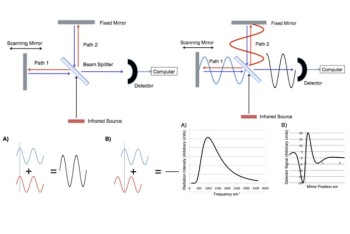
FTIR Pellet Press The Game-Changer in Spectroscopy Analysis
1 year agoFourier Transform Infrared Spectroscopy (FTIR) is a widely used analytical technique in the field of chemistry and materials science. It is a non-destructive method that allows the identification and quantification of chemical compounds in a sample.
Learn More
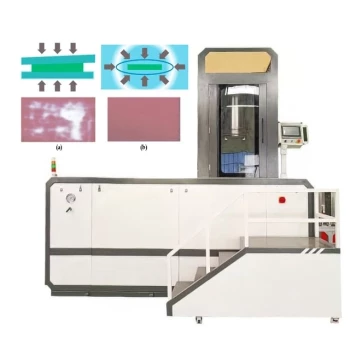
Understanding the Warm Isostatic Pressing Technique
1 year agoWarm Isostatic Pressing (WIP) is a technique used in the manufacturing industry to form and press powder materials. It involves the use of a flexible material as the envelope die and hydraulic pressure as the medium to shape the material. Unlike traditional pressing methods, WIP utilizes a liquid medium that is heated and injected into a sealed pressing cylinder. This technique is particularly beneficial for materials with special temperature requirements or those that cannot be formed at room temperature.
Learn More

Understanding Cold Isostatic Pressing: Process, Comparisons, and Applications
1 year agoCold isostatic pressing (CIP) is a method of processing materials that involves compacting powders by enclosing them in an elastomer mold. The process is based on Pascal's law, which states that pressure applied in an enclosed fluid is transmitted in all directions throughout the fluid without any change in magnitude.
Learn More
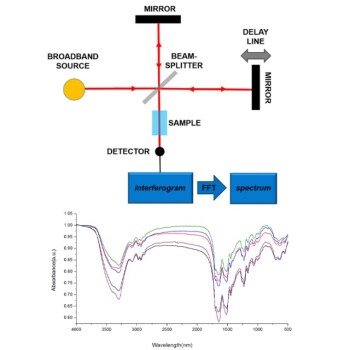
FTIR Pellet Press The Ultimate Solution for Precise Sample Preparation
1 year agoFourier Transform Infrared (FTIR) spectroscopy is a powerful analytical technique that can be used to identify and quantify the chemical components of a sample. However, to obtain accurate and reliable results, it is crucial to prepare the sample appropriately.
Learn More

Understanding Cold Isostatic Pressing: Process, Advantages and Types
1 year agoCold Isostatic Pressing (CIP), also known as cold isostatic compaction, is a materials processing technique that involves subjecting a material to uniform pressure from all sides. This is achieved by immersing the material in a high-pressure fluid medium and applying hydraulic pressure. CIP is particularly effective for shaping and consolidating powdered materials, allowing for the creation of intricate shapes and achieving high green density.
Learn More